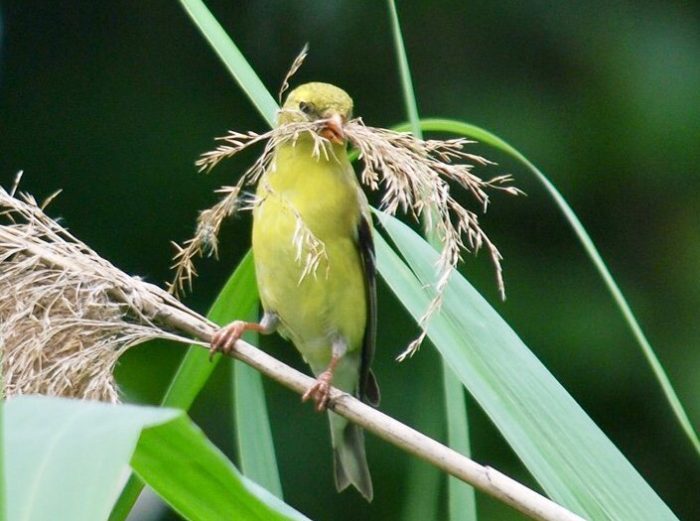
Springtime is nesting season, and birds will be busy. Growing plants and leaving natural debris around your yard are the best ways to care for nesting birds.
Twigs
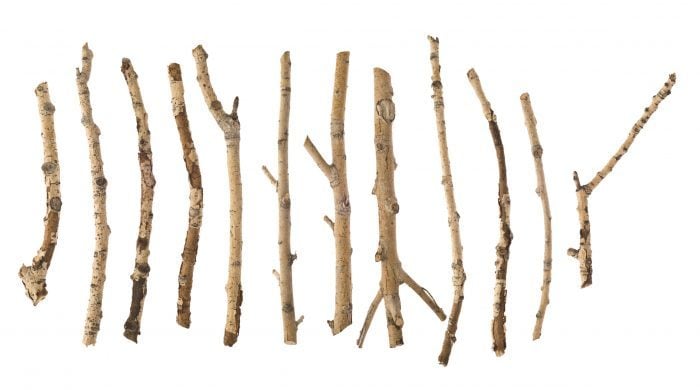
An abundant nesting material in yards with trees, twigs can be left where they fall or stacked in a tidy pile. Learn about different kinds of bird nests and how to spot them.
Moss
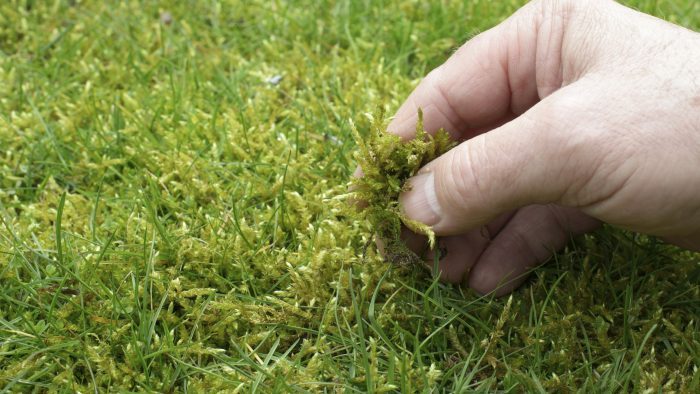
Keep moss from blowing away by sticking some in a shrub or the crevice of a tree.
Dried grass clippings
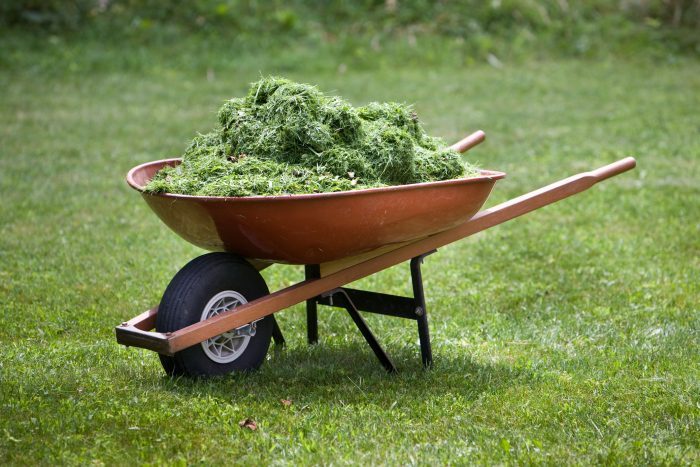
Be cautious about leaving treated grass clippings on your lawn. Fertilizers and pesticides may harm birds.
Dead leaves
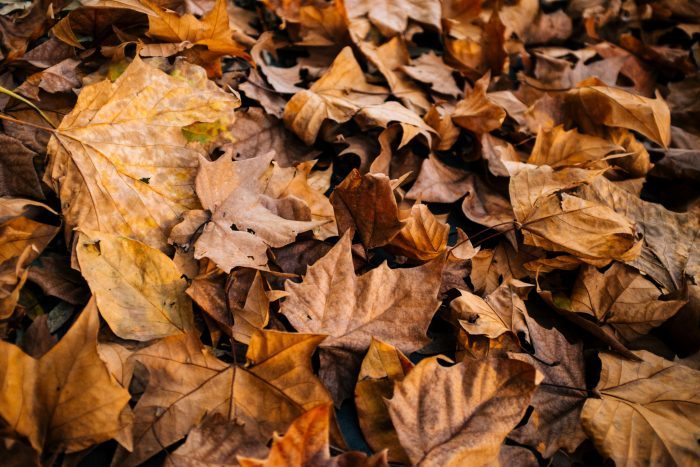
To keep dead leaves in place, mix them in with heavier materials like sticks.
Plant fluff
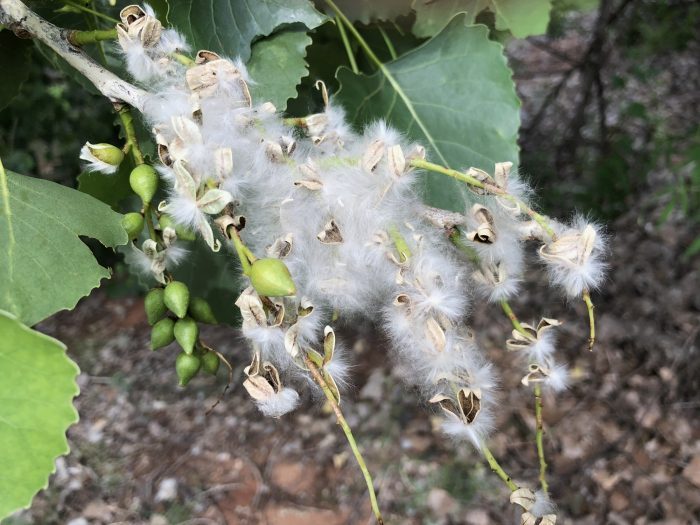
The white down from cottonwood trees or cattails is a valuable soft material for nests.
Straw
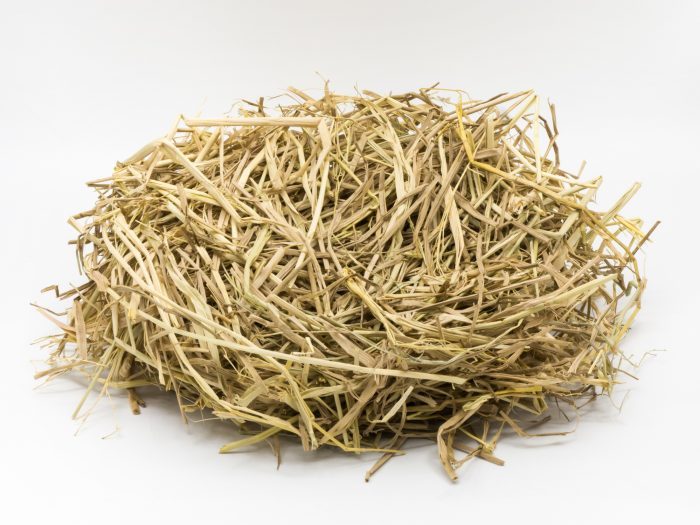
In spring, when it’s too warm to serve suet, stuff strands of straw into a suet feeder for birds to pluck as nesting material.
Pine needles
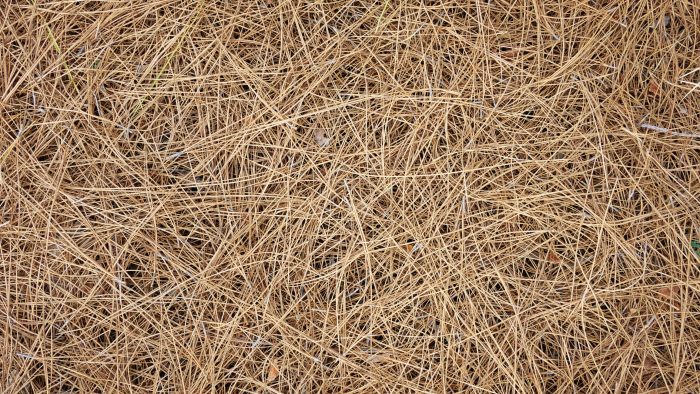
Dried needles are among the preferred nesting materials for bluebirds.
Bird Nesting Materials to Avoid
- Plastics: Bits of plastic will not break down, contributing to pollution.
- Yarn or string: Birds can get tangled in the strands.
- Dryer lint: It dissolves in rain.
- Human hair: Just like yarn or string, it can wrap around baby and adult birds.
- Pet hair: Many kinds of birds, including chickadees and chipping sparrows, regularly use animal hair in the soft lining of their nests. However, most experts advise against putting this out. Residue from pet shampoo or flea treatments might be harmful to other creatures, and some breeds of dogs and cats have such long, strong hairs that small birds could become tangled in the strands.
Article source here: These Are the Only Bird Nesting Materials You Should Put Out

No comments:
Post a Comment